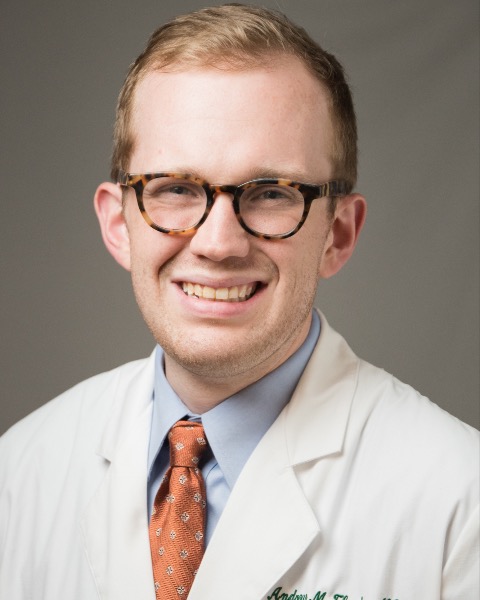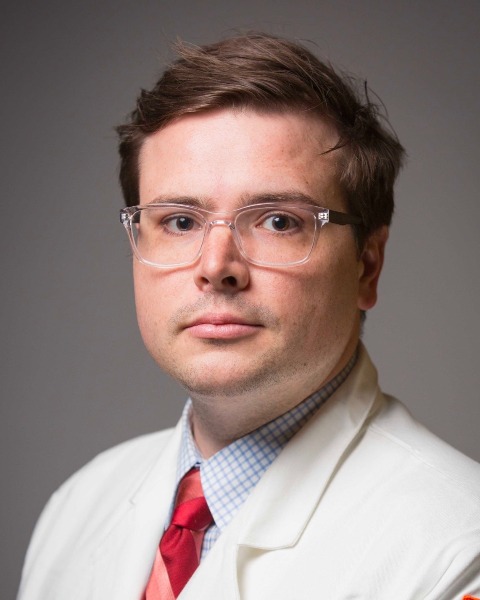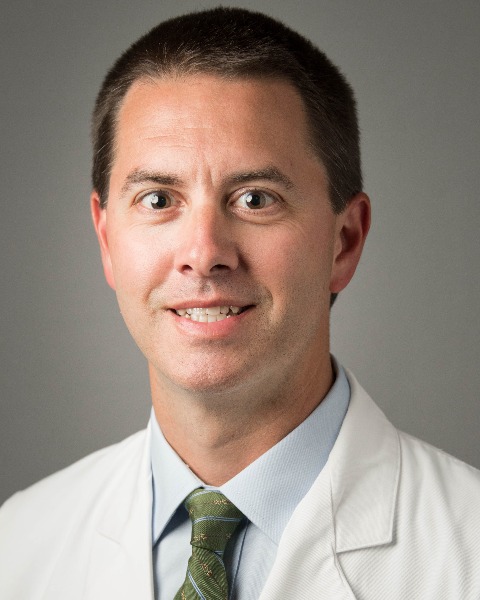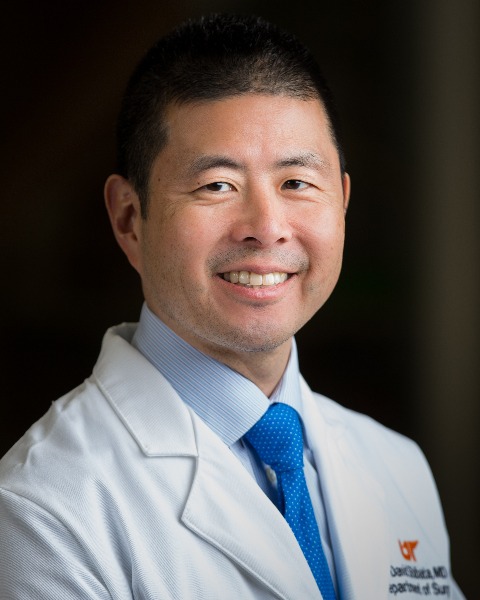Sarcoma
E419: Microscopic Residual Disease in Young Patients with Gastrointestinal Stromal Tumor: A Nationwide Analysis

Andrew M. Fleming, MD
Surgery Resident
Department of Surgery, University of Tennessee Health Science Center
Memphis, Tennessee, United States
Andrew M. Fleming, MD
Surgery Resident
Department of Surgery, University of Tennessee Health Science Center
Memphis, Tennessee, United States
Andrew M. Fleming, MD
Surgery Resident
Department of Surgery, University of Tennessee Health Science Center
Memphis, Tennessee, United States- LB
Laura Burkbaur, MD
Surgery Resident
Department of Surgery, University of North Carolina, United States - DP
Devanshi Patel, MD
Surgery Resident
Department of Surgery, University of Tennessee Health Science Center, United States - JH
Joshua Herb, MD, MSCR
Surgical Oncology Fellow
Division of Surgery, Department of Surgical Oncology, The University of Texas MD Anderson Cancer Center, United States - HZ
Henna Zaver, BS
Medical Student
Department of Surgery, University of Tennessee Health Science Center, United States 
Zachary E. Stiles, DO, MS (he/him/his)
Surgical Oncology Fellow
Department of Surgical Oncology, Roswell Park Comprehensive Cancer Center
Amherst, New York, United States
Paxton V. Dickson, MD
Associate Professor of Surgery
Department of Surgery, University of Tennessee Health Science Center
Memphis, Tennessee, United States
Evan S. Glazer, MD, PhD, FACS, FSSO (he/him/his)
Associate Professor of Surgery
Department of Surgery, University of Tennessee Health Science Center
Memphis, Tennessee, United States- DY
Danny Yakoub, MD, PhD, FACS
Chief of Surgical Oncology
Department of Surgery, Medical College of Georgia, Augusta University, Augusta, GA, USA, United States 
David Shibata, MD, FACS, FSSO, FASCRS
Professor and Chair of the Department of Surgery
University of Tennessee Health Science Center, Department of Surgery
Memphis, TN, United States- EG
Elizabeth Gleeson, MD, MPH
Assistant Professor of Surgery
Department of Surgery, University of North Carolina, United States - AM
Andrew J. Murphy, MD
Chief, General Pediatric Surgery Division
Department of Surgery, St. Jude Children’s Research Hospital, United States - JD
Jeremiah L. Deneve, DO, FACS
Associate Professor of Surgery
Department of Surgery, University of North Carolina, United States
ePoster Abstract Author(s)
Submitter(s)
Author(s)
Microscopic residual disease (R1) in resected gastrointestinal stromal tumor (GIST) correlates with mortality in older adult patients (age ≥ 40 years). Children, adolescents, and young adults (CAYA) (NCI definition: age ≤ 39 years) with GIST exhibit indolent disease courses despite frequent local relapse, prompting treatment with organ-sparing resections. This study analyzed the rate of R1 in CAYA and its impact on overall survival (OS) within a national cohort.
Methods:
Patients with stage I-III GIST undergoing R0 or R1 resection from 2004-2019 were identified in the National Cancer Database. Factors associated with R1 were analyzed with logistic regression. OS was evaluated in each age group stratified by microscopic margin status. Age-stratified multivariable Cox proportional hazards models were used to assess the impact of R1 while adjusting for other high-risk features.
Results:
Among 13,073 patients with GIST, 588 were CAYA (4.5%). Compared to older adults, CAYA more often had small bowel primaries (44.0% vs. 25.9%, P< .01), pT4 tumors (17.9% vs. 13.6%, P< .01), and high mitotic rates ( >5 mitoses per 50 high-power fields) (28.6% vs. 15.1%, P< .01). Rates of R1 were similar between CAYA and older adults (4.3% vs. 4.4%, P=.92). Among all patients, factors associated with R1 included male sex (Odds Ratio (OR) 1.22; 95% Confidence Interval (CI) 1.04—1.45; P=.02), conversion to open surgery (OR 1.48; CI 1.01—2.12; P=.04), tumor size (OR 1.01 per cm; CI 1.002-1.024; P< .01), esophageal (OR 4.69; CI 2.23—8.88; P< .01), small bowel (OR 1.31; 1.08—1.58; P< .01), or colorectal primary site (OR 3.36; CI 2.52—4.42; P< .01), high mitotic rate (OR 1.40; CI 1.12—1.74; P< .01), and tumor multifocality (OR 2.49; CI 1.86—3.29; P< .01). CAYA with R1 were similar to CAYA with R0 regarding age, sex, race, primary site, tumor size, and mitotic rate (all P >.05). R1 was associated with worse OS for older adults (logrank P< .01) (Figure 1A-B), but not CAYA (logrank P=.75) (Figure 1C-D). Within age-stratified multivariable models adjusting for age, comorbidity, mitotic rate, tumor size, and primary site, R1 remained associated with increased hazard of death for older adults (HR 1.49; CI 1.22—1.82; P< .01), but not CAYA (HR 0.80; CI 0.04—4.03; P=.83). For CAYA, only comorbidity (HR 3.315; CI 1.171—8.267; P=.01) and high mitotic rate (HR 3.13; CI 1.28—7.52; P=.01) associated with increased hazard of death.
Conclusions:
Similar rates of R1 are seen in CAYA and older adults with GIST, but do not seem to impact OS in CAYA. The impact of R1 on relapse, surveillance, and need for repeated resections in CAYA warrants further study.
Learning Objectives:
- Upon completion, participant will be able to approximate the rate of microscopic residual disease (R1) in patients undergoing resection of stage I-III gastrointestinal stromal tumor (GIST).
- Upon completion, participant will be able to identify factors associated with presence of microscopic residual disease (R1) after resection of GIST.
- Upon completion, participant will be able to discuss the impact, if any, of R1 resection on overall survival for children adolescents, and young adults with GIST.
